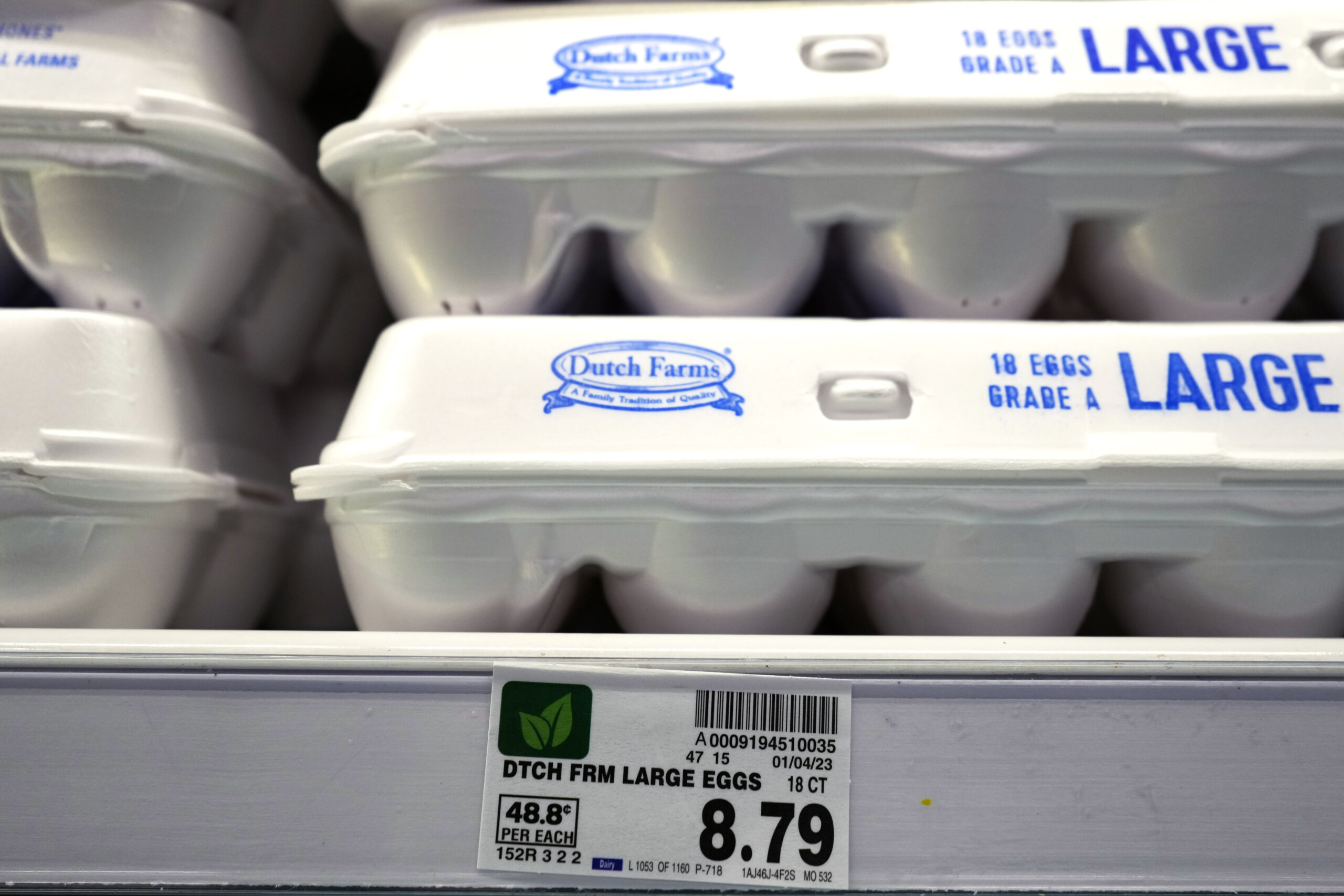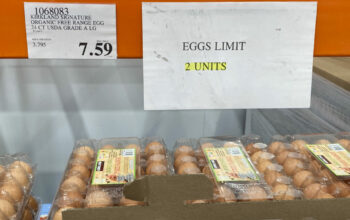As Americans navigate the economic landscape, they have encountered persistent challenges due to increased living costs for nearly two years. Despite a recent slowdown in inflation, the financial burden of essential needs such as groceries, gasoline, and housing continues to be a significant concern.
The Labor Department’s latest report on Tuesday revealed that the Consumer Price Index (CPI), which gauges the prices of everyday items, saw a modest increase of 0.3% in January compared to the previous month. Annually, consumer prices were up by 3.1%, a rate slightly below December’s 3.4% inflation figure but still surpassing the Federal Reserve’s 2% ideal target.
This report provides a glimmer of hope as it points toward diminishing energy costs and price reductions for various goods, contributing to the gradual cooling of inflation rates. However, core expenses like housing, food, and auto insurance continue to rise, putting additional financial strain on households.
Remarkably, since January 2020, consumer inflation has soared by 19.6%, impacting the purchasing power of many Americans.
Housing costs, in particular, have remained high, disproportionately affecting the nation’s renters. Despite an upswing in apartment construction seen in 2023, rental costs have escalated by 6% compared to the previous year. This sustained increase has come despite a gradual decrease from March’s peak of 8.2%, marking the tenth consecutive month of deceleration.
Alternatively, a notable rise in vacancy rates might prompt landlords to reduce their rental prices. Data from Redfin indicates a 0.8% drop in asking rents in December, averaging $1,964 nationwide – a third month of consecutive decline.
However, this trend is not uniform across the country. In regions with less construction activity, such as the Midwest and Northeast, rental prices have continued an upward trajectory. The Midwest saw a 3.7% year-over-year increase in asking rents, reaching $1,434 in December. The Northeast experienced a 1.7% annual boost, with rents averaging $2,439.
Conversely, the South and West witnessed decreases in rental prices in December, with a 1% dip to $1,632 in the South and a slight 0.6% reduction to $2,346 in the West, as per Redfin’s findings.
This nuanced overview of the current state of inflation and its effects on different sectors underscores the ongoing economic pressures faced by many American households.

















